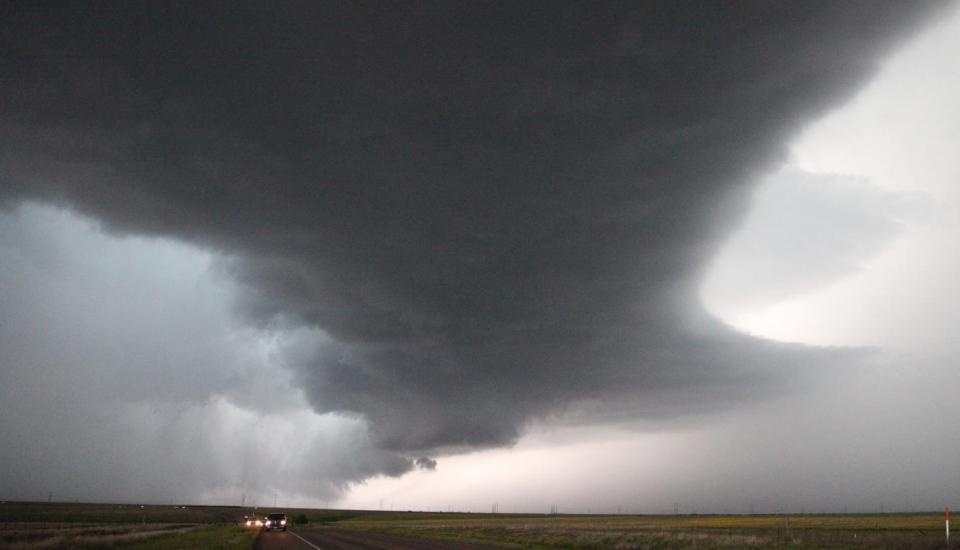
PUBLICATIONS
Published works

Impact-based forecasting for the coastal zone – East Coast Lows: annual report 2019-2020
| Title | Impact-based forecasting for the coastal zone – East Coast Lows: annual report 2019-2020 |
| Publication Type | Report |
| Year of Publication | 2020 |
| Authors | Richter, H, Arthur, C, Wilke, D, Dunford, M, Ebert, B, Wehner, M |
| Document Number | 609 |
| Date Published | 09/2020 |
| Institution | Bushfire and Natural Hazards CRC |
| City | Melbourne |
| Report Number | 609 |
| Keywords | coastal zone, east coast lows, Forecasting |
| Abstract | The Bushfire and Natural Hazards CRC project Impact-based forecasting for the coastal zone: East-Coast Lows demonstrates a pilot capability to deliver quantitative impact forecasts for residential housing from the Bureau’s high resolution weather prediction models (or high resolution reanalysis for hindcasts). The project is a collaborative effort between the Australian Bureau of Meteorology and Geoscience Australia.
The project focuses on the wind impact on residential buildings from the 20-22 April 2015 east coast low event in New South Wales (a.k.a. the "Dungog case study"; Wehner and Maqsood 2015). The wind hazard data is provided by the high resolution version of the Australian Community Climate Earth System Simulator (ACCESS; Bureau of Meteorology 2018) model, or the equivalent high resolution reanalysis (BARRA-SY). The two damage data sets have been provided by NSW State Emergency Services (SES) and the Emergency Information Coordination Unit (EICU). Exposure and vulnerability information has been sourced from Geoscience Australia. Exposure data are sourced from the National Exposure Information System (NEXIS; Nadimpalli et al. 2007; Power et al. 2017), and heuristically derived vulnerability functions have been compiled as part of a previous project. The multi-hazard nature of the east coast low event, the relatively low wind speeds and the limited available information in the damage assessment data makes attributing the observed building damage to the specific wind hazard very difficult. To evaluate the performance of the quantitative wind impact forecast that we have produced, very careful and detailed processing of the available damage data is needed to remove damage reports due to tree fall, as opposed to structural failure, rain ingress, and flood inundation. Despite the challenges above, we have now shown that the inclusion of exposure and vulnerability information can outperform a wind impact forecast that only uses a plain wind hazard prediction. In other words, the Dungog case study suggests that the extra effort needed for the quantitative inclusion of exposure and vulnerability information is a promising approach in the pursuit of future quantitative impact forecasts in Australia. We applied our impact forecast methodology to a second extreme weather case during May 2020 in Perth. An extra-tropical cyclone produced widespread wind damage with wind gusts in excess of 100 km/h recorded over many hours. In this case we found that wind impact forecasts are sensitive to the fluctuations in wind gust forecasts produced by the Bureau’s high-resolution real-time weather prediction models. Alongside the multi-hazard nature of damage to residential buildings, this impact sensitivity to the hazard constitutes a second complication for the quantitative prediction of wind impacts. To increase the utility of the damage assessment data we continue to recommend that the SES/EICU damage survey templates record multiple damage states and linkages between damage and the associated hazard(s). Such expanded recording practices would lead to improvements in the development of the hazard-damage relationships. Additional uncertainty arises through the NEXIS exposure data which are statistically inferred at the Dungog township and are therefore merely indicative of the actual building attributes. |
| Refereed Designation | Non-Refereed |
Published Works


